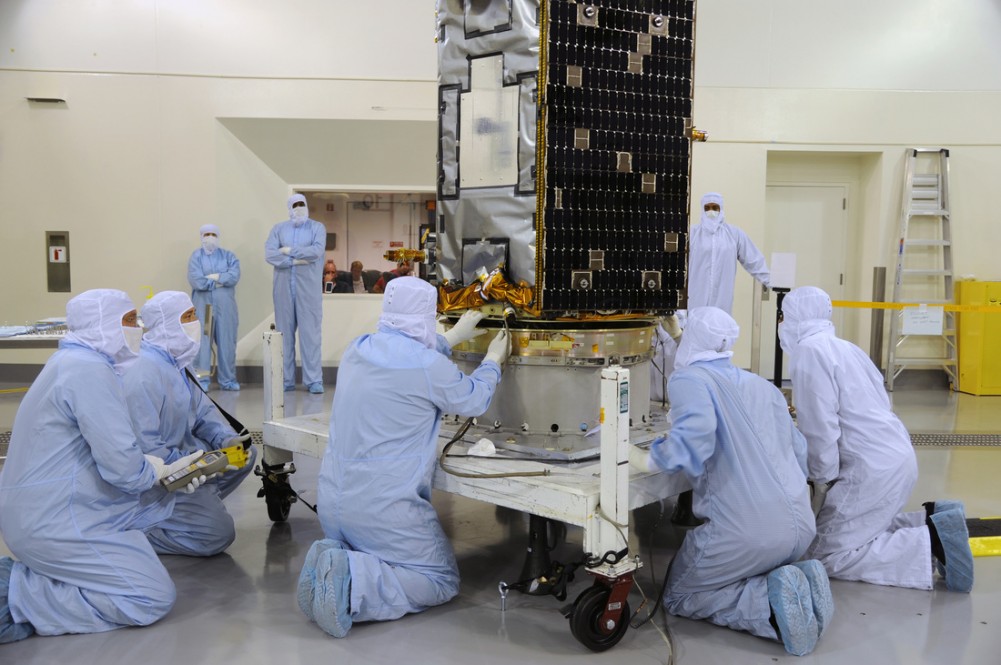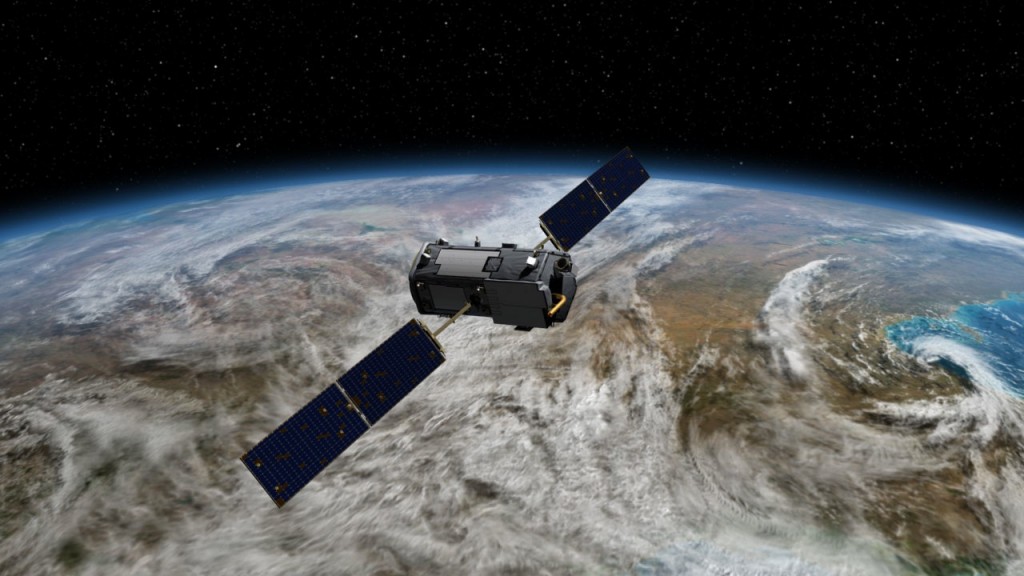Governments around the world are scrambling to deal with climate change and corporations have spent hundreds of billions of dollars planning how to deal with its effects on business and customers. Much of this activity has been based on what many believe is incontrovertible evidence about the source of climate change, specifically global warming due to a high concentration of CO2, but doubts still remain.
In any case, new data for scientists is the air they breath, so new information from a new high tech satellite that collects information on carbon in the earth’s atmosphere may help clarify the debate.
Two previous attempts in 2009 and 2011 failed due to rocket malfunctions, NASA finally succeeded, on July 2, 2014, in launching the Orbiting Carbon Observatory-2 (OCO-2) aboard a Delta 2 rocket propelled by Aeroject Focketdyne engines and Alliant Techsystems solid rocket motors.
The observatory will first begin by mapping the distribution of carbon dioxide in the Earth’s atmosphere. It will also identify places on the earth that are “carbon sinks”, that is, places where carbon dioxide is absorbed from the atmosphere and those places that are sources of carbon dioxide, releasing it into the atmosphere.
The “endgame” is ostensibly to provide a picture of what will happen to the earth over the next 50 years and whether climate temperature change is caused by atmospheric carbon naturally, via human activity, or both.
Related links on IndustryTap:
- China’s Synthetic Gas Plants Would Choke Out 21 Billion Tons of Carbon Dioxide
- What’s the Size of Your Carbon Footprint? Try a Carbon Footprint Calculator!
- Why You Should Care about the Future of Carbon Capture and Sequestration
- 403 of Global 500 Companies Report Carbon Footprints But the System is Still Flawed
- How Carbon Capture Technology Is Turning CO2 Into Cash
- Climate Change & Wild Fires: Are They Connected?
- Old Factory Turned into the World’s Largest Indoor Farm
- What’s the Most Environmentally Harmful Animal Product in the American Diet? It’s What’s for Dinner.
- Cut Your Morning Commute with a Solar-Powered Citycopter
- World’s Largest Solar Plant Lights Up 140,000 California Homes with Clean Energy
References and related links:








